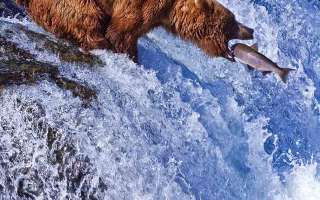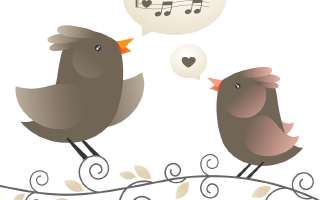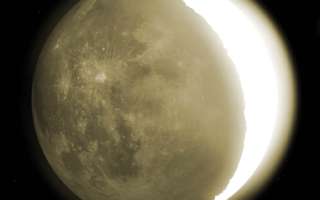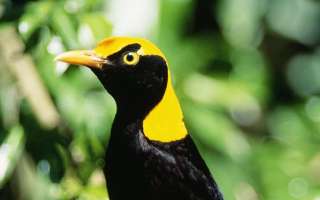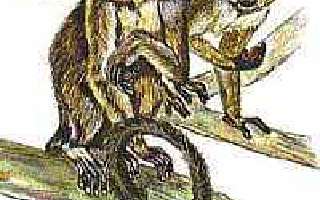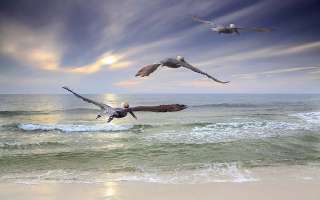This section is focused on our earth! Find out planet secrets, from rainforests to sea turtles. Be a science sleuth and track our planet earth — oceans, mountains, places, nature, global warming, pollution, the natural world and much more. Amazing facts and unusual behaviour of reptiles, insects, animals, birds, rainforests… Come in and join our Earth Science for Kids club.
113 items in this section. Displaying page 10 of 12
Watery Facts
The Pacific Ocean is three times bigger than Asia, the biggest continent on Earth. It covers nearly one-third of the Earth’s surface. Its widest part is about 1770 km or 11000 miles. That distance would take you halfway around the world. Ninety seven per cent of all the water on Earth is salty. Only 3 per cent is fresh water. Of that 3 per cent of fresh water, over 2 per cent is frozen in ice sheets and glaciers....
Who’s Who at the Zoo
“Who’s Who at the Zoo” is an amazing book of animals by Ruskin Bond. Published by National Book Trust, India. Each animal is special; none too stupid or ugly, says the author. Out of 24 animal friends talked of in the book, here are some for you. The Zoo is For You In an overcrowded world, where the forests and wilderness are fast disappearing, it is becoming more and more difficult for many birds and animals to find food and shelter....
Birds Sing in their Sleep
Just like humans, birds too rely on sound to communicate. However, they do not have a ‘language’ in the true sense of the word and instead emit a variety of squawks and chirps to convey different emotions. Often, birds recognise their mates (or young) by sound rather than sight. Hungry fledglings use begging calls to let their mothers know it is feeding time. Alarm calls, flight calls for flight coordination, and warning calls are other sounds emitted frequently by the adults....
The Earth Is Getting dimmer
If you have viewed a crescent moon on a clear night, you would have observed an eerie glow around the moon. This is called earthshine. Do you know why the moon glows? The eerie glow around a crescent moon is called earthshine. Our earth and the moon act as giant mirrors that reflect sunlight. Actually most objects reflect light. A mirror reflects almost all the light that falls on it. And an object that does not reflect light is called opaque....
The Gardener Bird
Look at this nest. Doesn’t it remind you of a hut? It is built by a bird with an appropriate name. It is called the gardener bird. It works hard at building its house and decorating it. The Gardener Bird [Illustration by Shridevi R.] And, after building the house, it makes a garden around it. The gardener bird likes colourful objects. So, its house is always surrounded with colourful flowers and shells....
So Many Monkeys!
They are an amazing lot, they really are! They are absolute monkeys! The Squirrel Monkey has a long and slender tail. The tail serves many purposes. It helps the animal to keep its balance when it monkeys around, I mean, jumps from branch to branch. So Many Monkeys! [Illustrations by D. K. Sharma & Amarjeet Malik] It also acts like a blanket during the night for, the monkey wraps itself cozily in its long tail!...
How Green is Your School?
Here’s a little check – list from the New Delhi based children’s newspaper Gobar Times, to rate your school. Getting There Optimum use of the school bus fleet: School bus routes should cover a lot of area, with the fleet picking up as many students as possible. Car pooling: This is quite a workable idea today. Students coming to school from the same neighbourhood should be encouraged to car-pool, after working out the cost of petrol and vehicle wear and tear....
Is New York Burning?
In New York, people consume about 500 million kilowatt hours of energy per square kilometre every year. This is almost half of the total amount of solar energy (heat of the sun rays) falling on such an area in a year. So New Yorkers, in effect, live under a sun-and-a-half. In addition, paved areas, walls and the roofs of buildings absorb and re-radiate more heat than soil or plant-covered ground. Water runs off these surfaces more rapidly, allowing little cooling by evaporation....
Dangerous Red Tide in HongKong
Sea beaches around HongKong have a problem. They regularly face the threat of a ‘Red Tide’. The ‘Red Tide’ kills fish in sea farms and in the open seas. Actually, the ‘Red Tide’ is reddish brown algae that floats on water near the coastline. It enters the gills of the fish swimming about in the sea and kills them. The gills are like noses of the fish. They help the fish breathe. When the algae enters the gills, it creates havoc....
Pelican Trouble
Many people living in Andhra Pradesh may have escaped the wrath of the cyclone that ravaged the state last month, but the migratory pelicans, in a small costal village in northern Andhra, weren’t quite as fortunate. Pelican Trouble [Illustration by Shiju George] The storms’ heavy winds and rains didn’t cause as much material damage as was expected, however it proved disastrous for the pelicans as small chicks were blown out of their nests....
